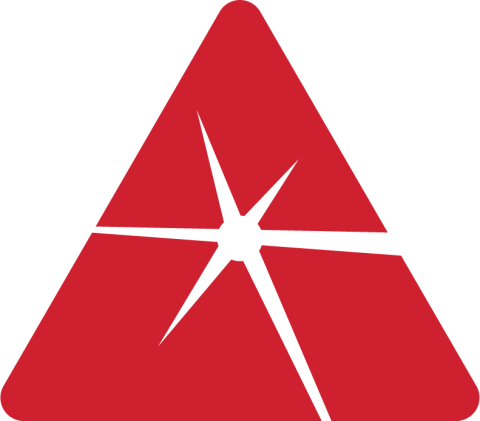

Authors:
A. Wagner
M. Lu¨tke
A. Wetzig
Fraunhofer Institute for Material and Beam Technology IWS, Winterbergstraße 28, 01277 Dresden, Germany
L. M. Eng
Institute of Applied Photophysics, TU Dresden, George-Ba¨hr-Straße 1, 01062 Dresden, Germany
A laser remote cutting process is analyzed, which differs significantly from established laser cutting processes. On the one hand, no cutting gas is needed and a high working distance is realized. On the other hand—in opposite to conventional laser remote cutting—sheets of metal with thicknesses above 1 mm can be cut in one step. Examinations were carried out at the martensitic boron steel 22MnB5 due to its interesting applications at automotive industry and significant advantages of the presented cutting process. Large focal spots and low cutting velocities are needed when moving the laser beam over the surface of the work-piece. Mainly, the material is melted besides a little fraction of vapor, which forms a keyhole, comparable with laser deep penetration welding. Besides typical parameters, the behavior of the ejection of melt is presented. The melt exits the kerf characteristically in beam direction at the bottom of the work-piece but changes its axial direction. Therefore, two subprocesses are defined and examined separately: Subprocess A can be observed at low cutting velocities and is characterized by a pushing melt ejection, whereas subprocess B needs significantly higher velocities and results in dragging melt ejection.
